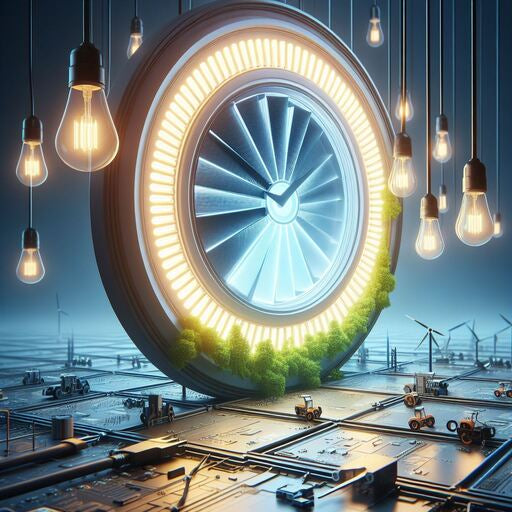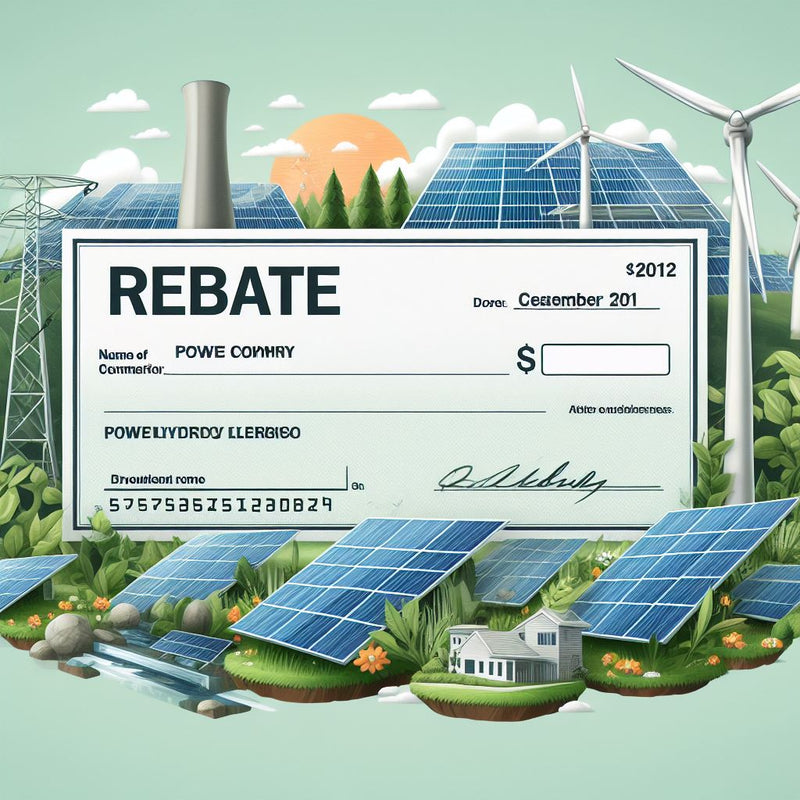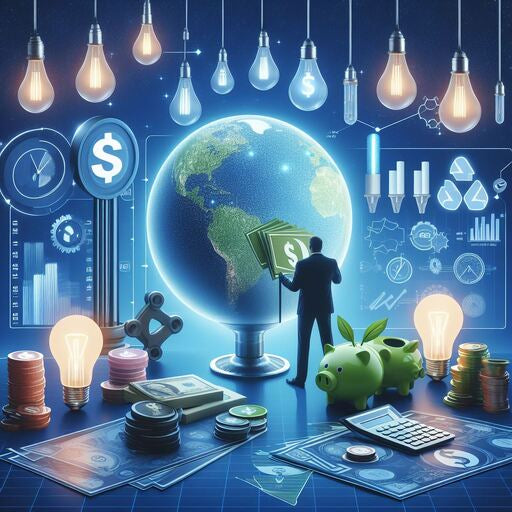LED (Light Emitting Diode) lighting has quickly gained popularity as a superior alternative to traditional incandescent and fluorescent lighting technologies. One of the key reasons for this surge in popularity is its remarkable energy efficiency. LEDs consume significantly less energy than traditional lighting options, making them a cost-effective choice for both residential and commercial applications.
The energy efficiency of LED lighting is unparalleled. LEDs use up to 80% less energy than traditional incandescent bulbs and last up to 25 times longer. This means lower electricity bills for consumers and reduced energy consumption on a larger scale, leading to a more sustainable future. Additionally, LED lighting produces less heat than traditional bulbs, further contributing to energy savings and reducing the strain on cooling systems.
Beyond energy savings, LED lighting also offers numerous environmental benefits. By reducing energy consumption, LEDs help lower greenhouse gas emissions and combat climate change. Furthermore, LED bulbs are free of toxic materials such as mercury, which are commonly found in fluorescent bulbs, making them safer for both human health and the environment. LED lighting aligns with the growing demand for eco-friendly products and practices, making it an attractive choice for environmentally conscious consumers and businesses.
LED lighting has found widespread adoption across various sectors in the USA. In the residential sector, homeowners are increasingly opting for LED bulbs and fixtures to illuminate their homes while reducing energy costs. In the commercial sector, businesses are retrofitting their offices, warehouses, and retail spaces with LED lighting to improve energy efficiency and create a more comfortable and productive work environment. Additionally, LED streetlights are being deployed in cities and municipalities nationwide, enhancing visibility and safety on roads while reducing energy consumption and maintenance costs.
To accelerate the adoption of energy-efficient lighting technologies, governments at the federal, state, and local levels in the USA have implemented various initiatives and incentives. These include rebate programs, tax incentives, and energy efficiency standards that encourage consumers and businesses to invest in LED lighting solutions. By leveraging these incentives, individuals and organizations can make the switch to LED lighting more affordable and accessible.
As awareness of the benefits of LED lighting continues to grow and technology advances further, the future looks bright for energy efficiency in the USA. LED lighting will play a crucial role in driving sustainable development, reducing energy consumption, and mitigating the impacts of climate change. By embracing LED technology, consumers and businesses can contribute to a cleaner, greener, and more energy-efficient future for generations to come.
LED lighting is revolutionizing energy efficiency in the USA, offering unparalleled benefits in terms of energy savings, longevity, and environmental sustainability. With its widespread adoption across various sectors and government support through incentives and initiatives, LED lighting is paving the way towards a brighter and more sustainable future. As we continue to prioritize energy efficiency and environmental stewardship, LED lighting will remain at the forefront of the transition to a cleaner and more sustainable energy landscape in the USA.




